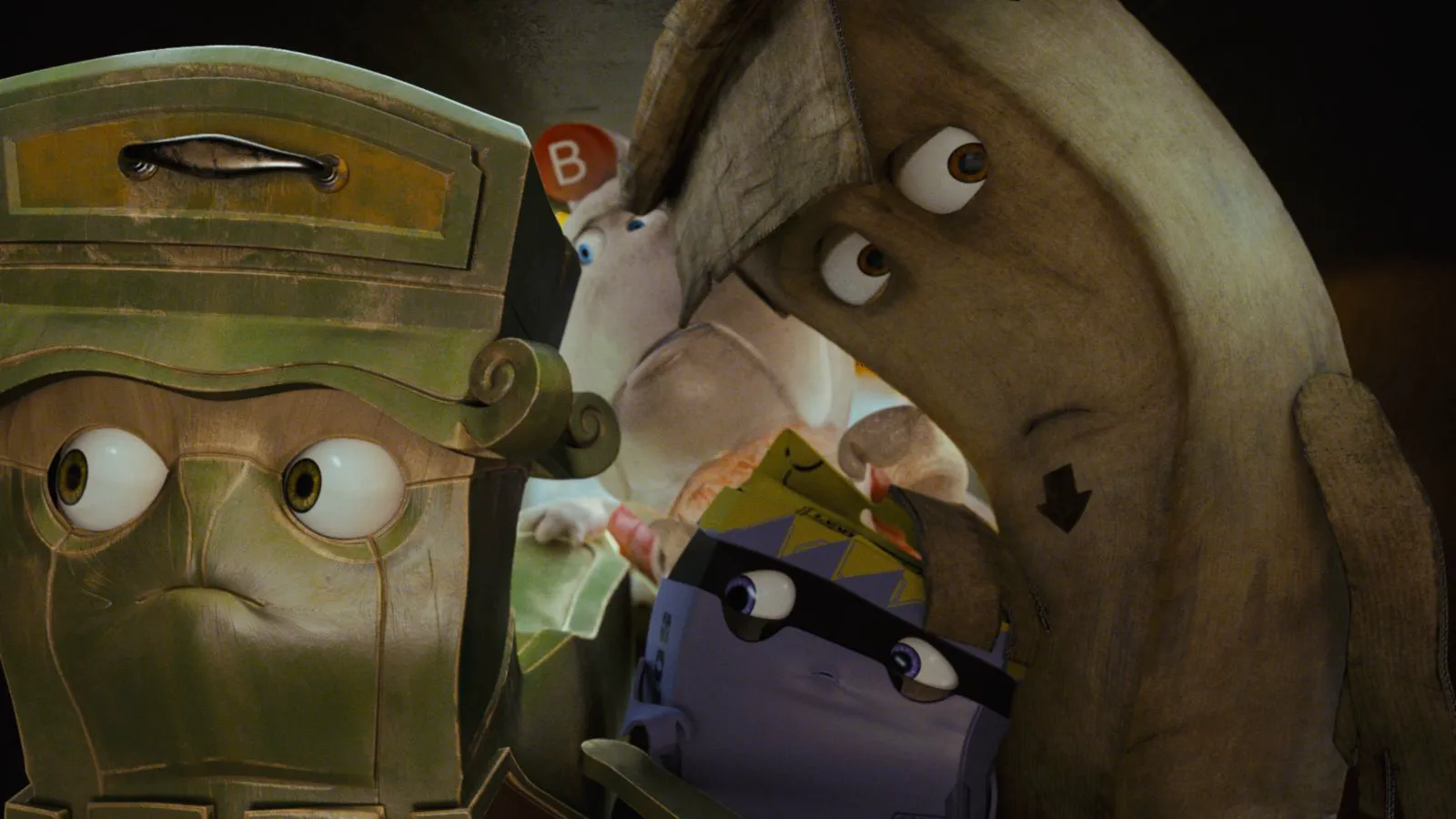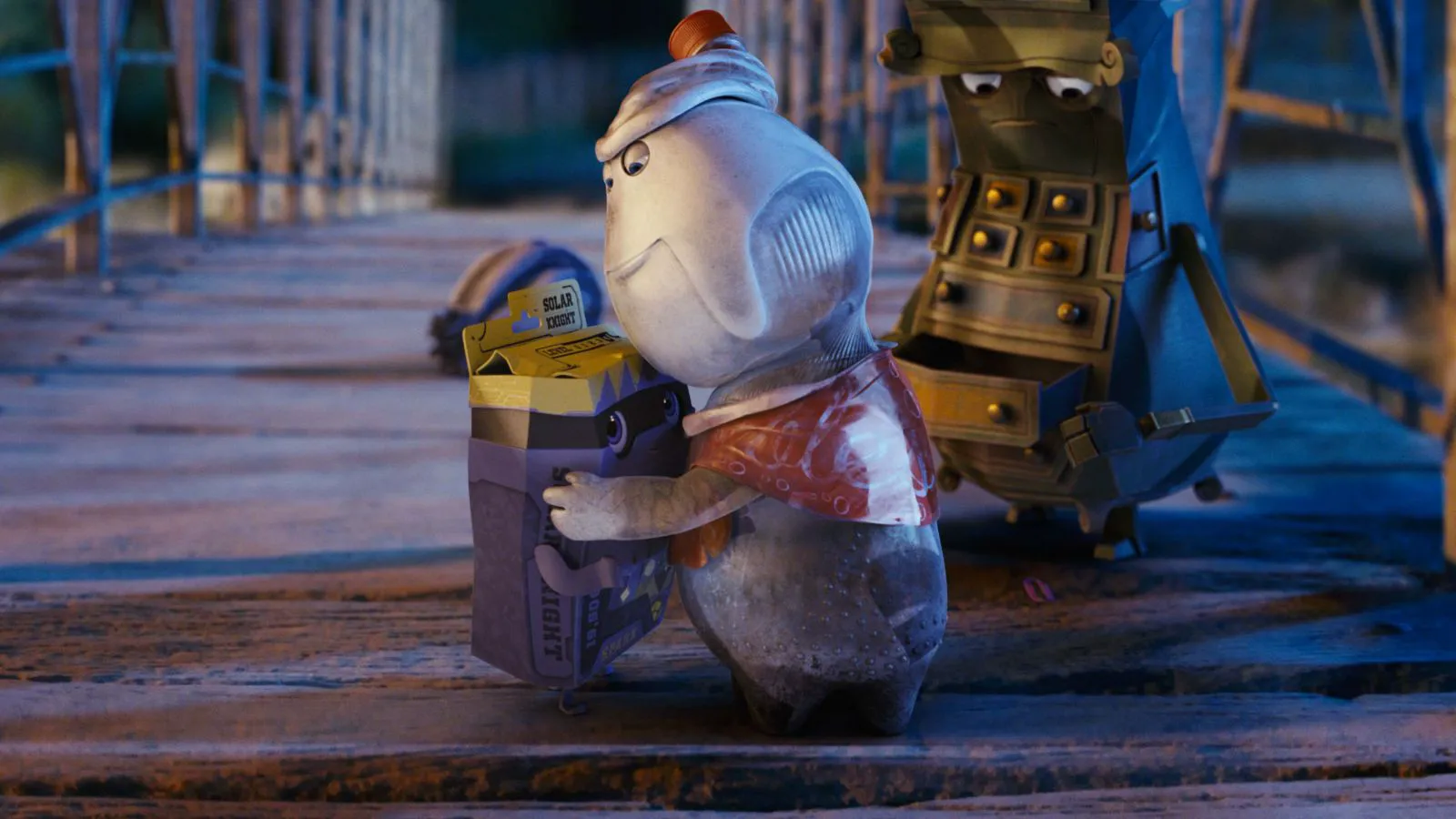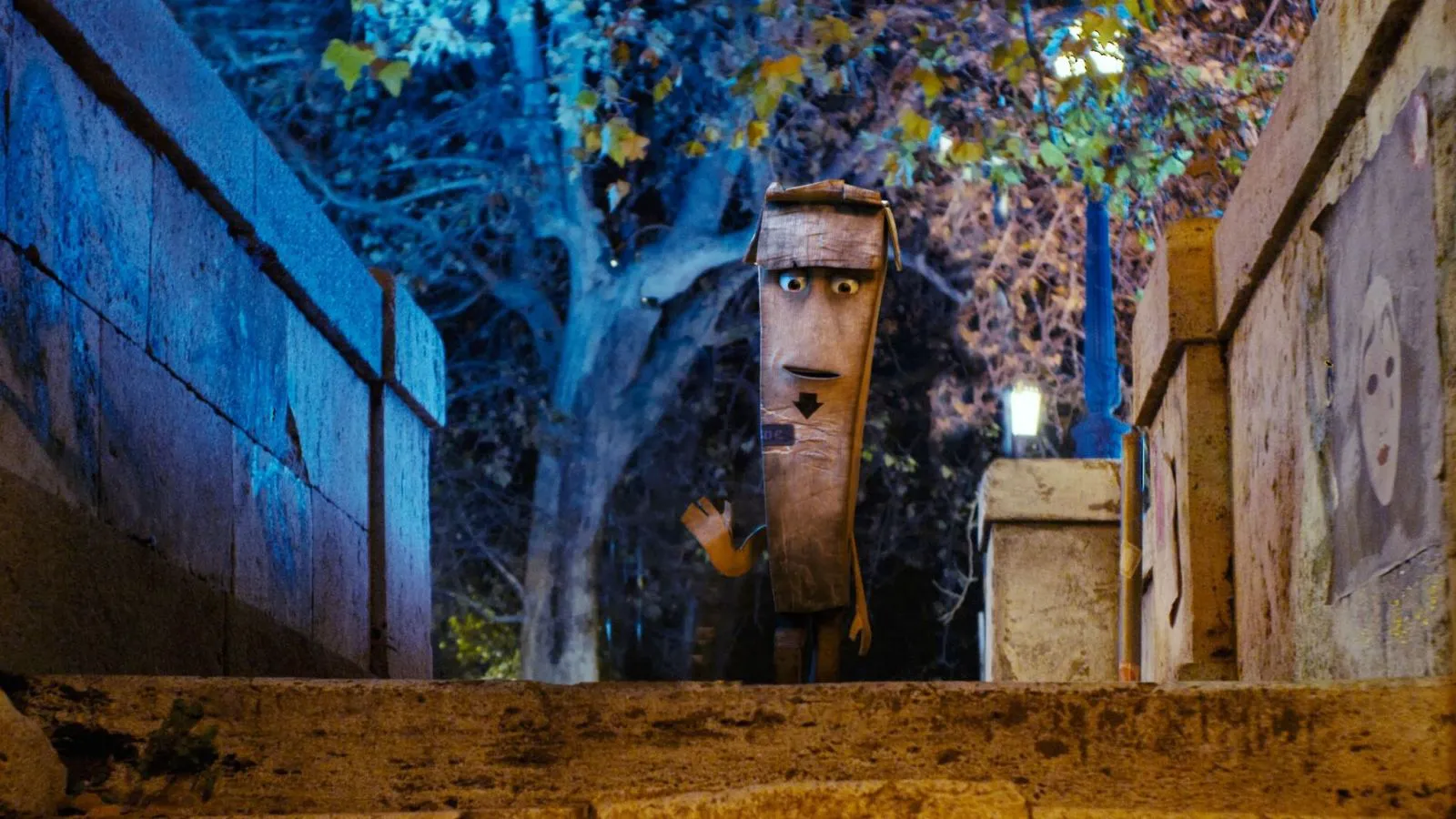The Lost Toys and the Secret of the Magic Pyramid: A Whimsical Journey of Self-Discovery
In a bustling metropolis, little Sparky finds himself lost and alone, eventually stumbling upon a junkyard – a refuge for discarded items. A legendary magic pyramid, rumored to grant a blissful future, becomes Sparky’s beacon of hope for a fresh start. This quest forms the heart of Sparky’s adventure, joined by his newfound companions: Slim, a weathered wooden box hardened by life, and Bublik, a flattened bottle. Their journey to the enigmatic pyramid is fraught with challenges, including encounters with a menacing gang of “predators,” learning to discern truth from lies, and navigating the vibrant streets of Italy.

“The Lost Toys and the Secret of the Magic Pyramid” marks the debut of two emerging animators, Francesco Dafana and Luca Della Grotta, drawing inspiration from the “Toy Story” franchise. The parallels extend beyond the animated objects that populate “The Lost Toys,” mirroring the central themes of the film. The Italian project explores themes of overcoming adversity with friends, as well as the pivotal moments of growing up: first loves, housing challenges, and personal conflicts. The animators also touch on intergenerational communication gaps and the complexities of rapid maturation and separation. These themes echo in “Toy Story 4,” where Woody mentors young Vikins, a toy assembled from found materials. The narrative structure of “The Lost Toys,” rooted in classic road-movie tropes, further reinforces these shared motifs.

Scene from the animated film “The Lost Toys and the Secret of the Magic Pyramid”
The road itself becomes a central metaphor, representing the characters’ journey to find a new home. The trials they face en route to the magic pyramid shape their character development. The creators deliberately raise the stakes, subjecting the lost toys to duels, chases, and even a series of chaotic incidents. This journey imparts valuable lessons to both the street dwellers and young viewers: appearances can be deceiving, and judging by outward appearances is unwise – any seemingly useless “lost toy” can hold immense value.

Scene from the animated film “The Lost Toys and the Secret of the Magic Pyramid”
Animation Design and Influences
The animation design effectively underscores the characters’ personalities. The creators invested significant effort in distinguishing each inhabitant of the Italian streets. For example, many of the antagonists are depicted as sharp, piercing objects, enhancing their menacing appearance. The film’s main villain, an outdated processor, is reminiscent of HAL-9000, the antagonist from “2001: A Space Odyssey.” Another notable influence is British literature: the heroes’ final destination, a magical mountain, may be inspired by the works of Tolkien.
A Promising Debut
“The Lost Toys” successfully blends elements of pop culture while adding its own unique flair. This successful combination of genres elevates the debut project, making it engaging for discerning viewers.lein